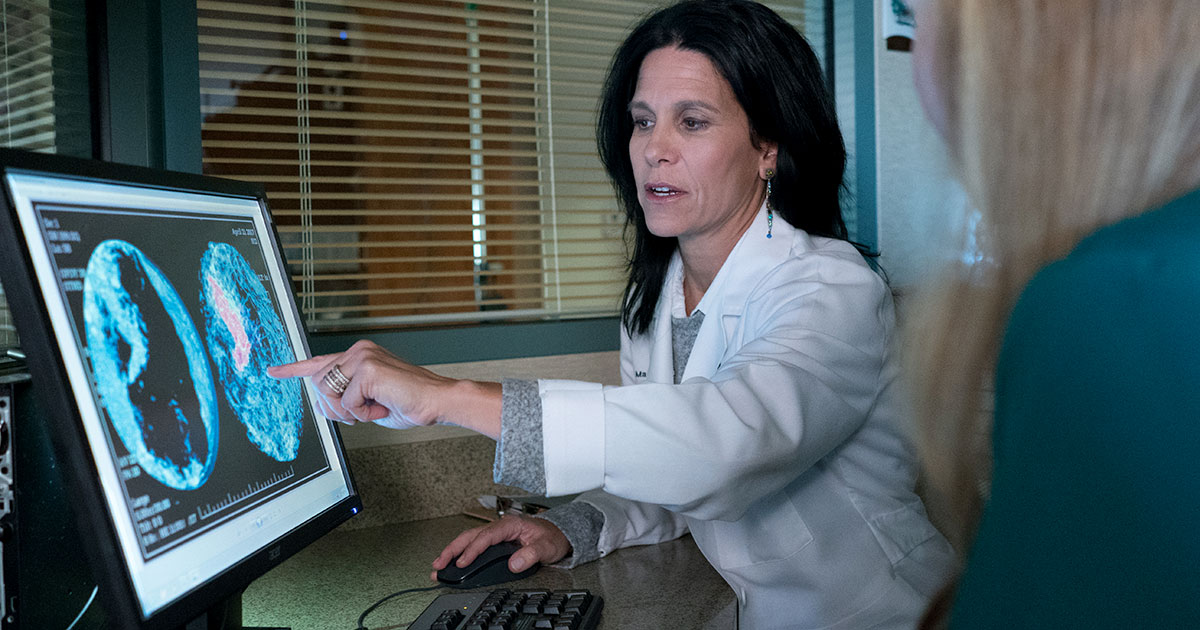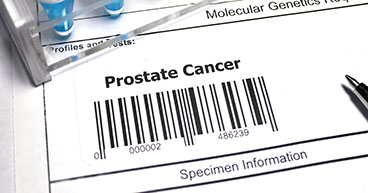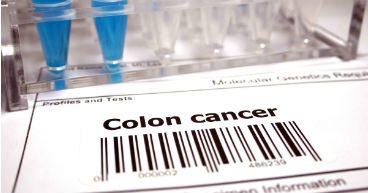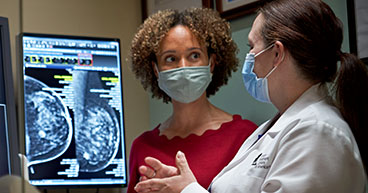
Actress Olivia Munn shocked fans when she revealed on social media that she’d been diagnosed with breast cancer a year earlier. Taking to Instagram to tell her story, Munn credited her OB-GYN for deciding to calculate her breast cancer risk after she’d had a normal mammogram and tested negative for 90 different cancer genes. The decision ultimately led to the discovery of an aggressive form of breast cancer—and four surgeries for the actress, including a double mastectomy.
Munn’s doctor was “pretty amazing” to suggest the risk calculator and take action, Joanne Mortimer, MD, Medical Oncologist and Director of the Women’s Cancer Programs at City of Hope® says in a recent interview. But experts hurried to add clarity and context to the news.
In this article, we’ll explore four things to know from Munn’s diagnosis, including:
- Most breast cancers aren’t genetic
- The limitations of mammograms
- She was diagnosed with Luminal B breast cancer
- Her diagnosis was the result of a breast cancer risk assessment score
If you’ve been diagnosed with breast cancer and are interested in a second opinion on your diagnosis and treatment plan, call us or chat online with a member of our team.
Most breast cancers aren’t genetic
You’ve likely heard of the BRCA genes. BRCA1 and BRCA2 are two genes that usually work to keep breast, ovarian and other types of cells from growing and dividing too rapidly or uncontrollably. When a change occurs in these genes, however—called a mutation—the risk for developing breast, ovarian and other types of cancer rises.
BRCA1 and BRCA2 aren’t the only genes with mutations linked to cancer, of course. Others include KRAS, which is associated with lung cancer, colorectal cancer and pancreatic cancer, and TP53, which has ties to breast cancer and lung cancer, among others.
While certain genetic tests can show if you’ve inherited a genetic mutation that increases your risk for developing cancer, not everyone needs to undergo genetic testing. Your doctor can help you determine if it makes sense for you, based on factors like your personal and family medical history.
And, while it’s good to know about genetic mutations and whether you should undergo testing, the truth is, most people who develop breast cancer don’t have inherited genetic mutations.
Only 5 percent to 10 percent of women and men who get breast cancer test positive for an inherited gene mutation. (Men account for about 1 percent of all breast cancer diagnoses.) That means 90 percent to 95 percent of breast cancers don’t have a genetic link—an important fact to note when you consider Munn tested negative for 90 different cancer genes, including BRCA1 and BRCA2.
The limitations of mammograms
The 43-year-old actress also had no sign of cancer from a mammogram, a breast cancer scan recommended for women ages 40 to 74 every other year.
Mammograms are currently the most effective breast cancer screening tests available. But that doesn’t mean they’re perfect. According to the American Cancer Society, they can result in abnormal findings even when there’s no cancer in the breast. That can lead to unwarranted anxiety and unnecessary testing.
Mammograms can also miss cancer, often due to dense breast tissue, which makes cancers harder to see. In fact, mammograms reportedly miss about one in eight breast cancers.
She was diagnosed with Luminal B breast cancer
Two months after Munn’s mammogram and genetic testing, she was diagnosed with Luminal B breast cancer, an aggressive form of cancer that is often fast-growing.
Luminal breast cancers start in the luminal, or inner lining, of the mammary ducts. Luminal A and Luminal B refer to two of the four main breast cancer subtypes:
- Luminal A (HR+/HER2-)
- Luminal B (HR+/HER2+)
- Triple-negative (HR-/HER2-)
- HER2-positive (HR-/HER2+)
HR stands for hormone receptor. HR+ cancers are hormone receptor-positive, meaning they have tumor cells that have receptors for the hormones estrogen and progesterone, which help drive tumor growth. HER2 stands for human epidermal growth factor receptor 2. Cancers that are HER2+ have tumors cells that make high levels of a protein called HER2/neu, which has been linked to more aggressive types of breast cancer.
Luminal A breast cancers make up most breast cancer subtypes, accounting for about 70 percent of all cases. Luminal B breast cancers are much less common, making up about 10 percent of cases. Luminal B breast cancers also tend to be faster growing, more aggressive and more challenging to treat compared to Luminal A cancers, but they are likely to respond to HER2-targeted treatments.
Typically, like other breast cancers, Luminal B is only diagnosed when a patient experiences breast cancer symptoms or has suspicious findings on a mammogram.
Munn was lucky. She had no symptoms and a normal mammogram. Her cancer likely wouldn’t have been found until her next mammogram, meaning it would have had a year to potentially grow and spread.
Instead, because Munn’s doctor knew the actress had risk factors, including having children after the age of 30, that increased her chances of developing cancer, she decided to calculate Munn’s breast cancer risk assessment score.
Her diagnosis was the result of a breast cancer risk assessment score
"I wouldn't have found my cancer for another year–—at my next scheduled mammogram—except that my OBGYN ,,, decided to calculate my breast cancer risk assessment score," Munn posted to Instagram. " The fact that she did saved my life."
Breast cancer risk assessment tools use information you provide about your medical, family and reproductive history to calculate the likelihood you’ll develop breast cancer in the next five years, or over the course of your lifetime. The tools also account for factors such as your age, how old you were when you first got your period, how old you were the first time you gave birth and whether you’ve had previous breast biopsies.
One of the most commonly used assessments is the Breast Cancer Risk Assessment Tool (BCRAT), also known as the Gail model. You can take the BCRAT test for free on the National Cancer Institute website.
More detailed tests are also available, such as the Tyrer-Cuzik Risk Assessment Calculator (also called the IBIS model) and the Breast and Ovarian Analysis of Disease Incidence and Carrier Estimation Algorithm (BOADICEA) model. While you can take both tests online, as well, they require a more extensive family history. And the Tyrer-Cuzik Risk Assessment Calculator also takes into account breast density and past hormone therapy use.
A lifetime risk score is considered high if it’s 20 percent or more. According to Munn, her lifetime risk for developing breast cancer was 37 percent. That’s significantly higher than 12.9 percent—the average U.S. woman’s risk—and why Munn’s doctor chose to move ahead with additional imaging tests, including an MRI, ultrasound and, ultimately, a biopsy.
An MRI is often performed in women as young as Munn if they’re known to have dense breasts or a family history of cancer, Dr. Mortimer says.
“In someone with a family history, we alternate MRIs with mammograms to increase the chances of detection,” she adds.
Still, like mammograms, breast cancer risk assessments have limitations, such as relying on population-based estimates. The Gail model, for instance, originally only used data from white women, although it later changed to incorporate data from women of other ethnicities. The Gail model also can’t accurately calculate risk for women who have a history of invasive breast cancer or ductal carcinoma in situ, or those with BRCA1 or BRCA2 mutations.
That’s why experts advise using a risk assessment test—and your score—as simply another piece of information to discuss with your doctor.
"I'm lucky," Munn posted. "We caught it with enough time that I had options. I want the same for any woman who might have to face this one day. Ask your doctor to calculate your breast cancer risk assessment score."
"Very few women diagnosed with breast cancer have a genetic predisposition and her physician is to be commended for also using one of the risk calculators to guide her need for additional breast cancer screening," Dr. Mortimer says.
If you’ve been diagnosed with breast cancer and are interested in a second opinion on your diagnosis and treatment plan, call us or chat online with a member of our team.



